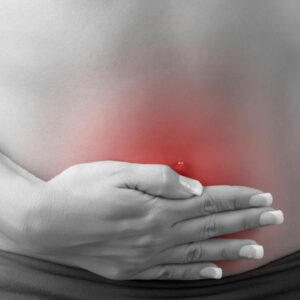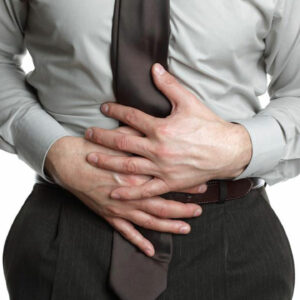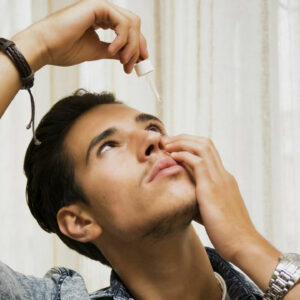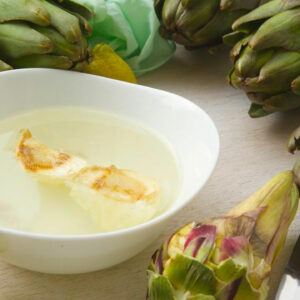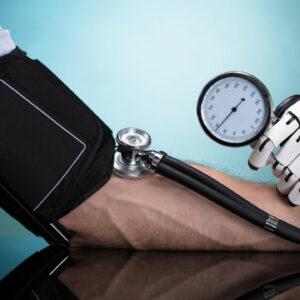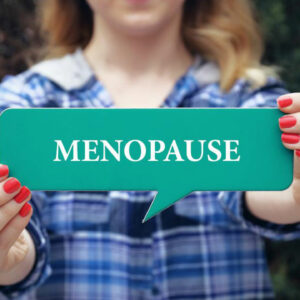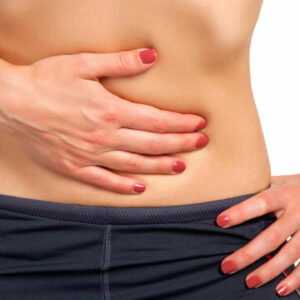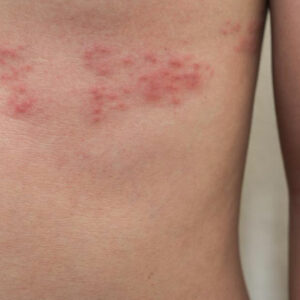
01
Top 3 Simple Treatments for Shingles You Need to Know
Shingles is a disorder is also known as herpes zoster. It’s a viral infection that leads to a rash. One in three people in the country develops shingles at some point in their lifetime. The underlying cause of shingles is the VZV or the Varicella zoster virus. This is the same as the virus that causes chickenpox. If you’ve had chickenpox in your childhood, shingles virus could be in your system. But it is likely that the virus would be in an inoperative state. It is also possible that the virus reactivates at a later point of time and forms a shingles rash. Risk of developing shingles increases with your age. Around half of people who develop shingles are over 50 years of age. While the rash could show up in any part of the body, it is likely to affect smaller areas. The first symptom of shingles is the pain. After a couple of days of onset of pain, a rash might appear over the afflicted section. Fluid-filled blisters might appear along with the rash. Some other symptoms that accompany with shingles include: Fever Over-sensitivity towards the light Tiredness Here are the top 3 shingles treatments. Taking a soothing bath This is one of the easiest and top 3 shingles treatments. By cleaning the blisters every day, you can reduce the risk of spreading the infection. A cool bath or a shower would also work towards soothing the irritated skin. While this reduces pain, it helps reduce the itchiness as well. You could devise a soothing bath for healing and treatment of shingles. Put 1 or 2 cups of cornstarch into lukewarm water. Let it soak for 15-20 minutes. Avoid hot water. This might worsen the shingles rash by increasing blood flow. After the bath, dry your body well.
Read More 